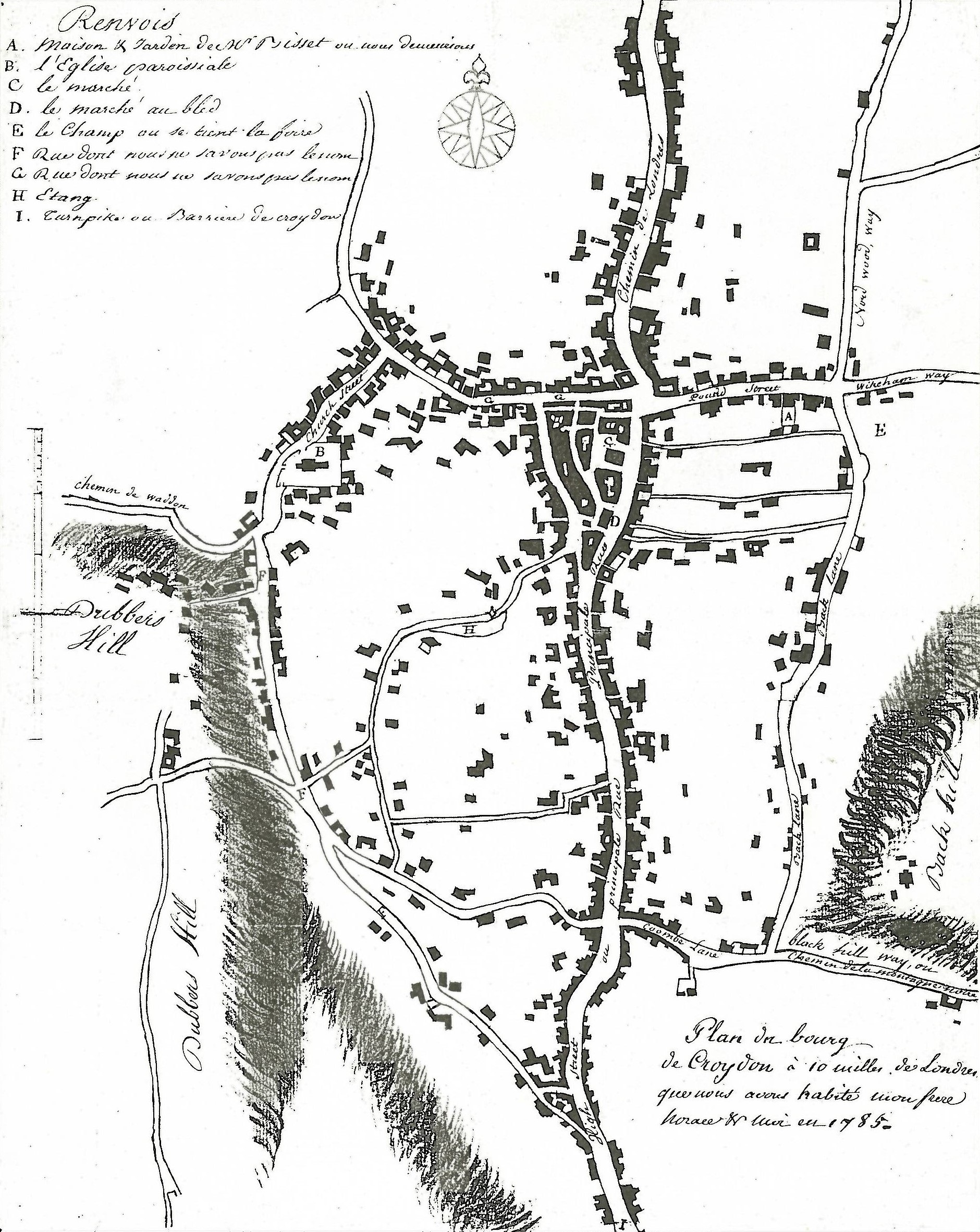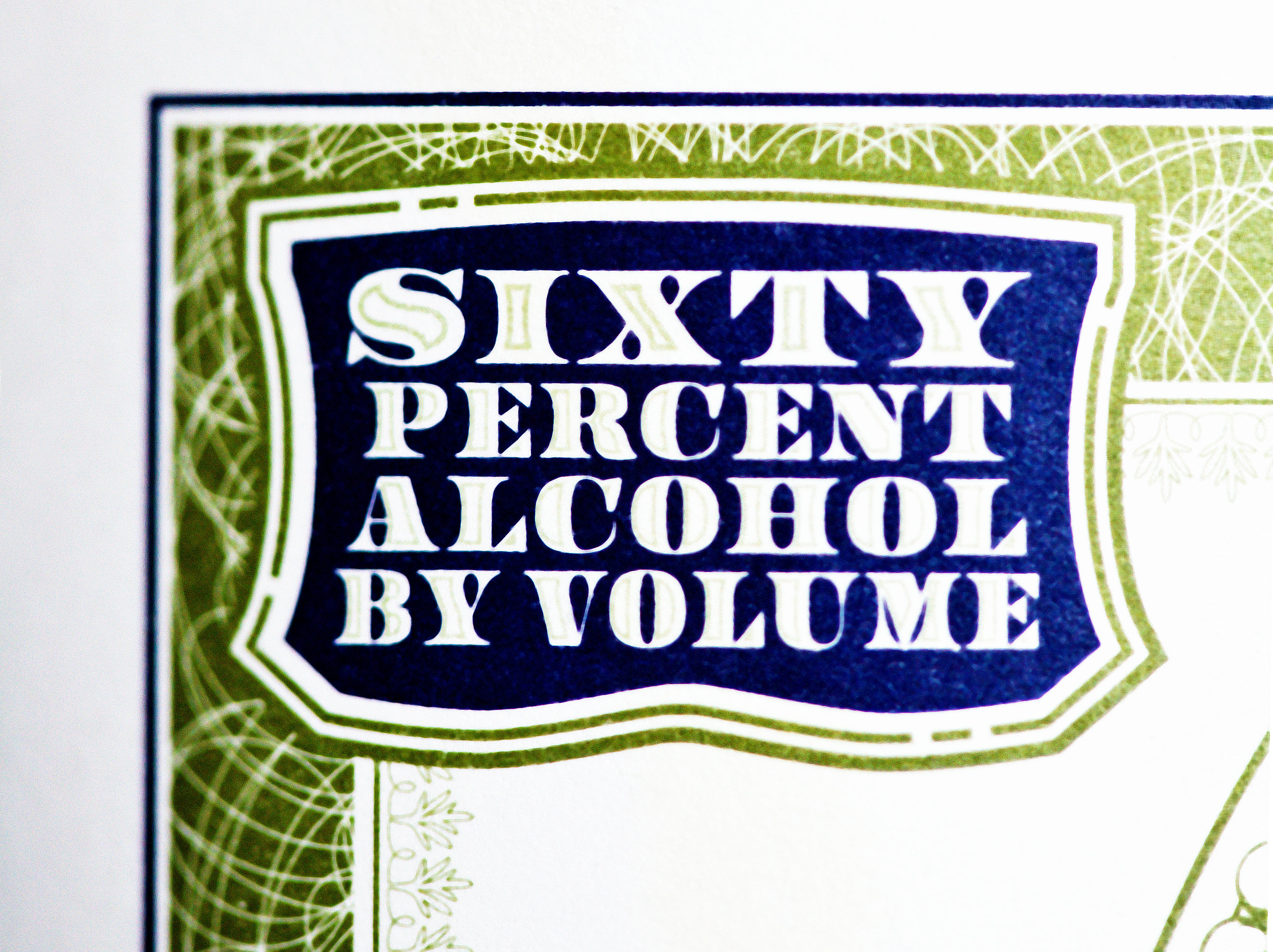|
Fantôme Brewery
Fantôme (Brasserie Fantôme) is a small brewery in Soy, Belgium, Soy, Wallonia, Belgium. Founded in 1988 by Dany Prignon, it produces Saison (ale), saisons, a type of farmhouse ale. General The brewery occupies a stone farmhouse on the main road through the village of Soy in the Arrondissement of Marche-en-Famenne, Marche-en-Famenne district of Luxembourg, province of Belgium, Luxembourg province. Founded in 1988, Brasserie Fantôme has gained international attention and a cult following among lovers of craft beers. Owned and run by Dany Prignon, Fantôme is known for its unique variations on the Saison (ale), saison style of farmhouse ale, often involving the use of herbs, spices or fruit juice. Ironically, while their complex, earthy, and herbal flavors have caused them to be sought out by connoisseurs outside Belgium, Fantôme's products are difficult to find and not well known in the country of their origin. The name of the brewery stems from a legend of the nearby town of ... [...More Info...] [...Related Items...] OR: [Wikipedia] [Google] [Baidu] |
Brasserie D'Achouffe
The Brasserie d'Achouffe is a Belgian brewery based in Achouffe. It was founded in 1982 by two brothers-in-law, Pierre Gobron and Christian Bauweraerts, as a hobby. In September 2006, the brewery was sold to the Duvel Moortgat brewery group. History In the late 1970s, the two brothers-in-law, Pierre Gobron and Chris Bauweraerts, decided to create their own beer, in their own brewery. On the 27th of August 1982, with less than €5,000, they made the first 49-litre mash tub. Based on the legend of the Ardennes, a gnome was chosen as the company logo of the brewery. At first seen as a hobby, the Achouffe Brewery developed to such an extent that one after the other, Pierre and Chris decided work on it full time. They then decided to expand to the Netherlands. Drinkers who regularly enjoy the beer can usually be recognized by their 'Chouffewillo hat'. The annual ''La Grande Choufferie'' party, on the 2nd weekend of August, celebrates the birth of the Chouffe beer, in a convivial ... [...More Info...] [...Related Items...] OR: [Wikipedia] [Google] [Baidu] |
Breweries Of Wallonia
A brewery or brewing company is a business that makes and sells beer. The place at which beer is commercially made is either called a brewery or a beerhouse, where distinct sets of brewing equipment are called plant. The commercial brewing of beer has taken place since at least 2500 BC; in ancient Mesopotamia, brewers derived social sanction and divine protection from the goddess Ninkasi. Brewing was initially a cottage industry, with production taking place at home; by the ninth century, monasteries and farms would produce beer on a larger scale, selling the excess; and by the eleventh and twelfth centuries larger, dedicated breweries with eight to ten workers were being built. The diversity of size in breweries is matched by the diversity of processes, degrees of automation, and kinds of beer produced in breweries. A brewery is typically divided into distinct sections, with each section reserved for one part of the brewing process. History Beer may have been known in Ne ... [...More Info...] [...Related Items...] OR: [Wikipedia] [Google] [Baidu] |
Croydon
Croydon is a large town in south London, England, south of Charing Cross. Part of the London Borough of Croydon, a local government district of Greater London. It is one of the largest commercial districts in Greater London, with an extensive shopping district and night-time economy. The entire town had a population of 192,064 as of 2011, whilst the wider borough had a population of 384,837. Historically an ancient parish in the Wallington hundred of Surrey, at the time of the Norman conquest of England Croydon had a church, a mill, and around 365 inhabitants, as recorded in the Domesday Book of 1086. Croydon expanded in the Middle Ages as a market town and a centre for charcoal production, leather tanning and brewing. The Surrey Iron Railway from Croydon to Wandsworth opened in 1803 and was an early public railway. Later 19th century railway building facilitated Croydon's growth as a commuter town for London. By the early 20th century, Croydon was an important industr ... [...More Info...] [...Related Items...] OR: [Wikipedia] [Google] [Baidu] |
Dandelions
''Taraxacum'' () is a large genus of flowering plants in the family Asteraceae, which consists of species commonly known as dandelions. The scientific and hobby study of the genus is known as taraxacology. The genus is native to Eurasia and North America, but the two most commonplace species worldwide, '' T. officinale'' (the common dandelion) and '' T. erythrospermum'' (the red-seeded dandelion), were introduced from Europe into North America, where they now propagate as wildflowers. Both species are edible in their entirety. The common name ''dandelion'' ( , from French , meaning 'lion's tooth') is also given to specific members of the genus. Like other members of the family Asteraceae, they have very small flowers collected together into a composite flower head. Each single flower in a head is called a ''floret''. In part due to their abundance, along with being a generalist species, dandelions are one of the most vital early spring nectar sources for a wide host ... [...More Info...] [...Related Items...] OR: [Wikipedia] [Google] [Baidu] |
Hops
Hops are the flowers (also called seed cones or strobiles) of the hop plant '' Humulus lupulus'', a member of the Cannabaceae family of flowering plants. They are used primarily as a bittering, flavouring, and stability agent in beer, to which, in addition to bitterness, they impart floral, fruity, or citrus flavours and aromas. Hops are also used for various purposes in other beverages and herbal medicine. The hops plants have separate female and male plants, and only female plants are used for commercial production. The hop plant is a vigorous, climbing, herbaceous perennial, usually trained to grow up strings in a field called a hopfield, hop garden (in the South of England), or hop yard (in the West Country and United States) when grown commercially. Many different varieties of hops are grown by farmers around the world, with different types used for particular styles of beer. The first documented use of hops in beer is from the 9th century, though Hildegard of Bingen, ... [...More Info...] [...Related Items...] OR: [Wikipedia] [Google] [Baidu] |
Chocolate
Chocolate is a food made from roasted and ground cacao seed kernels that is available as a liquid, solid, or paste, either on its own or as a flavoring agent in other foods. Cacao has been consumed in some form since at least the Olmec civilization (19th-11th century BCE), and the majority of Mesoamerican people ─ including the Maya civilization, Maya and Aztecs ─ made chocolate beverages. The seeds of the cacao tree have an intense bitter (taste), bitter taste and must be fermentation (food), fermented to develop the flavor. After fermentation, the seeds are dried, cleaned, and roasted. The shell is removed to produce cocoa nibs, which are then ground to cocoa mass, unadulterated chocolate in rough form. Once the cocoa mass is liquefied by heating, it is called chocolate liquor. The liquor may also be cooled and processed into its two components: cocoa solids and cocoa butter. Baking chocolate, also called bitter chocolate, contains cocoa solids and cocoa butter in varyi ... [...More Info...] [...Related Items...] OR: [Wikipedia] [Google] [Baidu] |
Seasonal Beer
A seasonal beer is a beer that is typically brewed during or for a particular season, holiday or festival period. Many breweries and microbreweries produce seasonal beers. Seasonal beers may be produced when fresh ingredients are available during various seasons, per climatic conditions during the time of the year, and also as a tradition. Furthermore, seasonal beer is produced based upon seasons, holidays, festivals and events. By season Spring Lambic has been described as a seasonal beer that is prepared during the winter for consumption in spring and summer months. Traditionally, the preparation of lambic includes leaving the wort mixture outside overnight to absorb wild yeasts in the air. It is also prepared with beer yeast for fermentation and bacteria such as lactobacillus and acetobacter for aging, after which time during the warmer spring and summer seasons, the wild yeasts and souring bacteria in the mix predominantly influence the final product's flavor and characterist ... [...More Info...] [...Related Items...] OR: [Wikipedia] [Google] [Baidu] |
Saison
Saison (French, "season," ) is a pale ale that is highly carbonated, fruity, spicy, and often bottle conditioned. It was historically brewed with low alcohol levels, but modern productions of the style have moderate to high levels of alcohol. Along with several other varieties, it is generally classified as a farmhouse ale. History 'Bière de saison' is first mentioned in the early 19th century. It was most widely known as a beer from the industrial city of Liège, where it was brewed by professional breweries as a keepable version of the city's spelt beer that had been produced for a few centuries. It was made with malted spelt, unmalted wheat and only a small amount of barley malt. It was typically brewed in winter and drunk after four to six months. While Liège's saison disappeared after the First World War, it continued to be brewed, generally as a barley-only beer, by professional breweries in the province of Hainaut, who sold it as a 'cuvée réservée' luxury bee ... [...More Info...] [...Related Items...] OR: [Wikipedia] [Google] [Baidu] |
Alcohol By Volume
Alcohol by volume (abbreviated as ABV, abv, or alc/vol) is a standard measure of how much alcohol (ethanol) is contained in a given volume of an alcoholic beverage (expressed as a volume percent). It is defined as the number of millilitres (mL) of pure ethanol present in of solution at . The number of millilitres of pure ethanol is the mass of the ethanol divided by its density at , which is . The ABV standard is used worldwide. The International Organization of Legal Metrology has ethanol (data page)#Properties of aqueous ethanol solutions, tables of density of water–ethanol mixtures at different concentrations and temperatures. In some countries, e.g. France, alcohol by volume is often referred to as degrees Gay-Lussac (after the French chemist Joseph Louis Gay-Lussac), although there is a slight difference since the Gay-Lussac convention uses the International Standard Atmosphere value for temperature, . Volume change Mixing two solutions of alcohol of different strengths ... [...More Info...] [...Related Items...] OR: [Wikipedia] [Google] [Baidu] |







